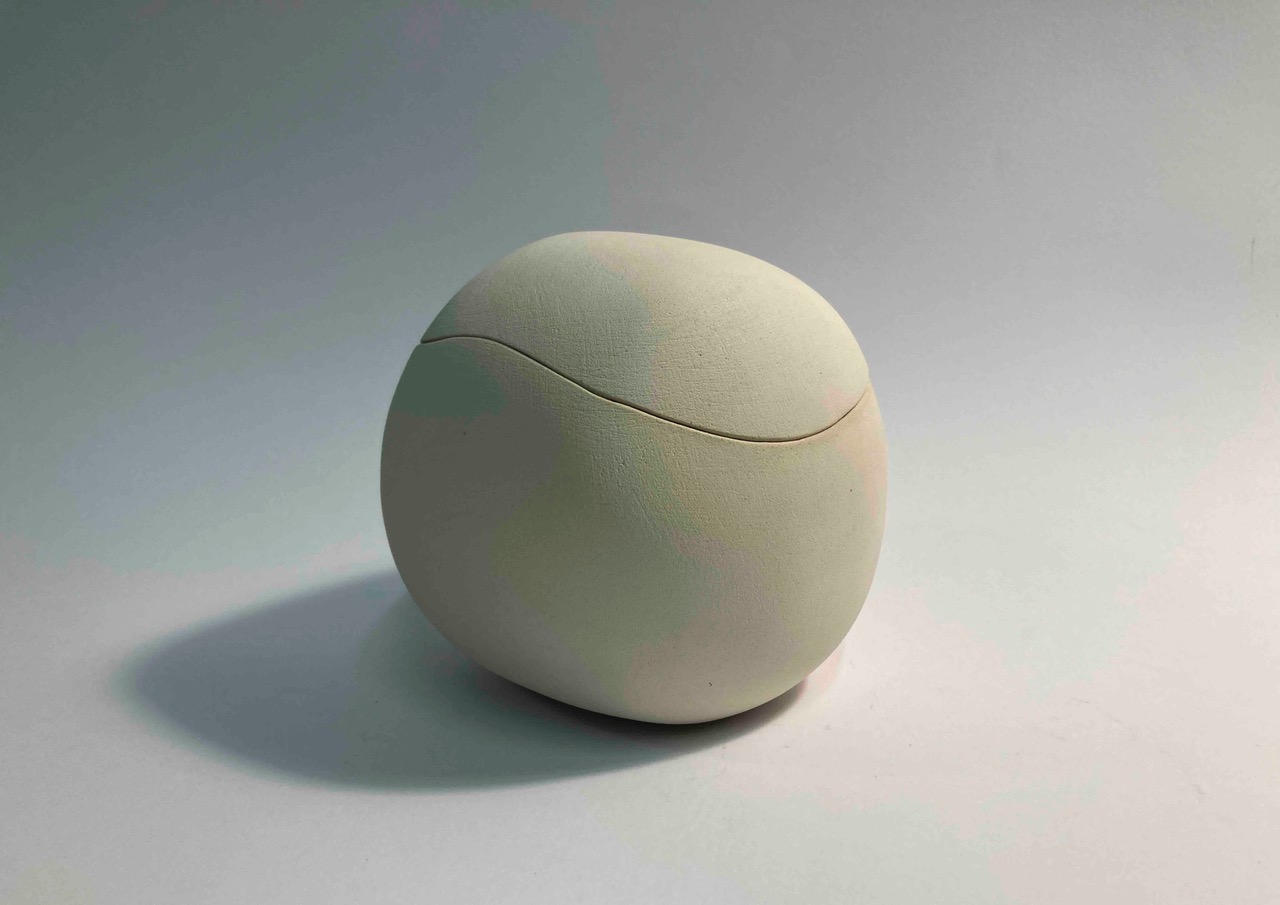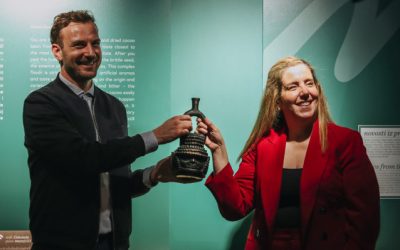Throughout past centuries, the creation of objects for storing and serving food was not merely a matter of functionality – it was a reflection of artistic skill, luxury, and social status. Among these objects, chocolate vessels held a special place, emerging in the 18th and 19th centuries, when chocolate became a popular treat among the nobility.
The first luxurious porcelain chocolate vessels came from the Meissen manufactory in Germany, and similar items were later produced throughout Europe. Painted with miniature scenes, adorned with gilding or shaped into imaginative forms – from crinoline-clad ladies to cabbage heads – these vessels were objects of admiration, status symbols, and hiding places for something precious.
But times have changed. Industrialization and mass production made such objects obsolete, and chocolate lost its exclusivity. Today, it is no longer hidden in porcelain vessels – it resides in plastic bags, kitchen drawers, and pantries.
Bearing all this in mind, the exhibition initiated the creation of new chocolate vessels, the kind that might appear in contemporary homes. These new vessels are by no means a mere revival of tradition, but personal interpretations of the concept of a “hideaway” – from poetic to ironic, from classical to conceptual. The artists of ULUPUH’s Section for Ceramics, Glass and Porcelain were given complete freedom to create new forms.
Through material, form, and symbolism, Chocolate Hideaway invites reflection on the relationship between everyday pleasures and the objects that accompany them. Perhaps chocolate is no longer hidden in porcelain vessels, but the need for beauty, ritual, and personal experience remains unchanged.



